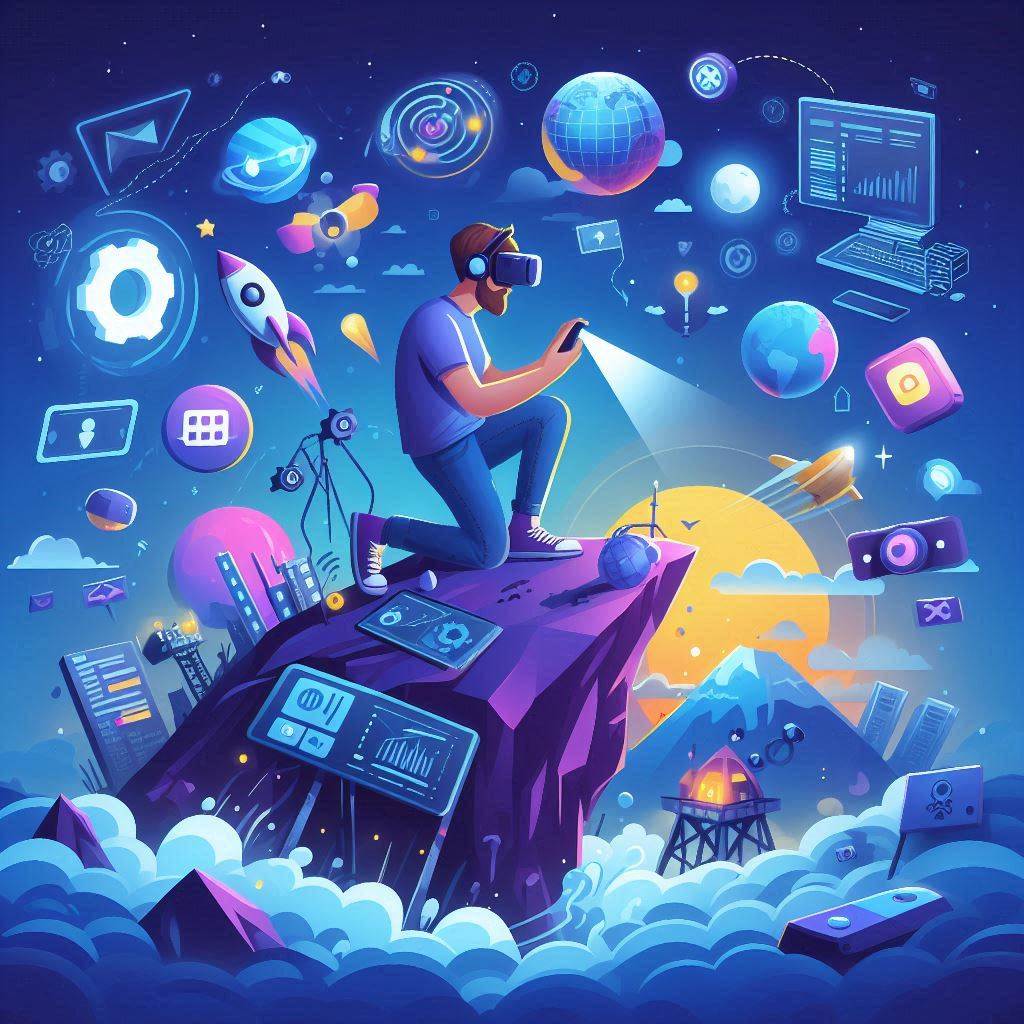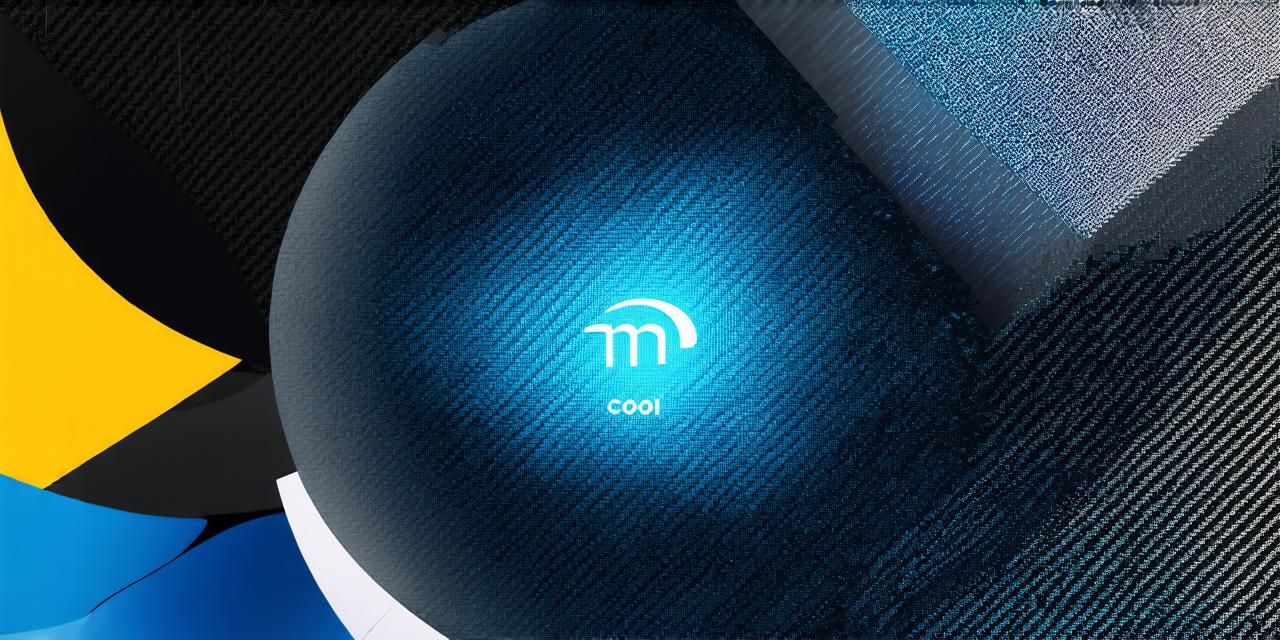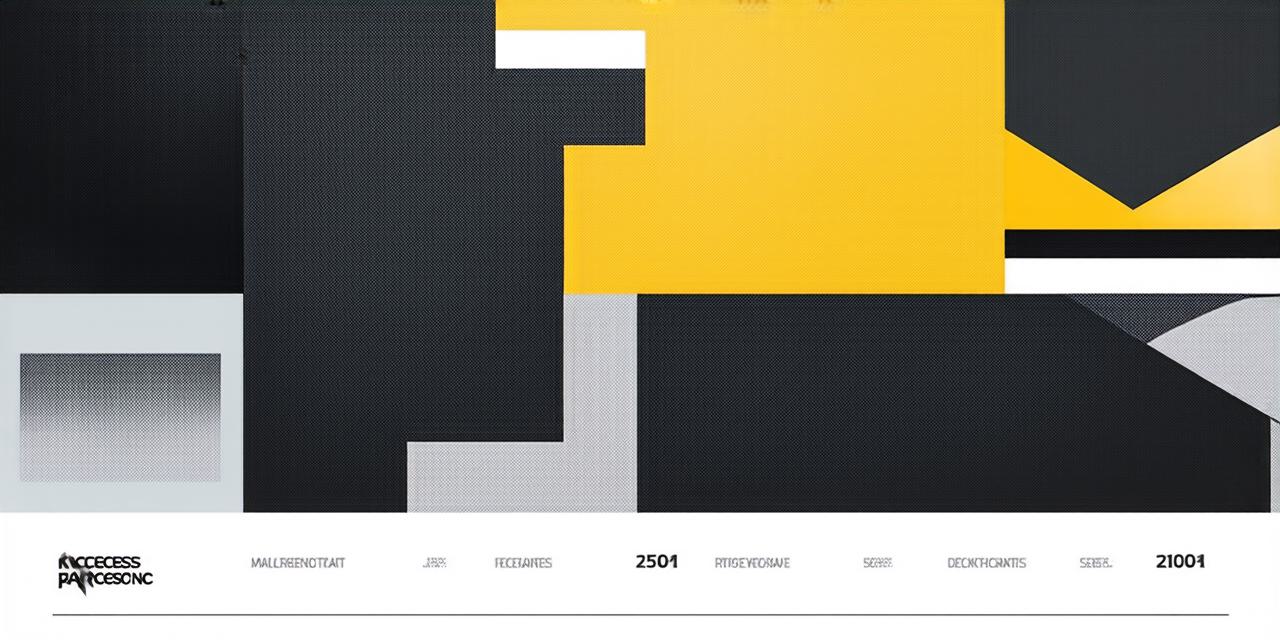Virtual Reality app development is an exciting field, but it comes with its own set of unique challenges. As a VR app developer, being aware of these obstacles and knowing how to overcome them is crucial for success.
Motion Sickness:
One of the biggest hurdles in VR is user comfort. Poorly designed VR experiences can cause motion sickness. To mitigate this:
- Maintain consistent frame rates
- Avoid sudden camera movements
- Provide static reference points in the user’s field of view
Performance Optimization:
VR apps require high frame rates (typically 90 fps) to maintain immersion. Optimizing your app’s performance is critical:
- Use efficient rendering techniques
- Implement level-of-detail (LOD) systems
- Optimize assets and textures
Input and Interaction Design:
Creating intuitive interactions in a 3D space can be challenging. Consider:
- Designing natural, intuitive gestures
- Providing clear visual and haptic feedback
- Ensuring consistent interaction paradigms across your app
Cross-Platform Development:
With various VR platforms available, ensuring compatibility can be complex. Consider using cross-platform development tools or creating platform-specific builds.
Testing and Quality Assurance:
Testing VR apps is more complex than traditional software. It requires:
- Extensive playtesting
- Testing on various hardware configurations
- Considering different user physiques and play areas
User Onboarding:
Many users are new to VR. Designing effective tutorials and onboarding experiences is crucial for user retention.
While these challenges may seem daunting, with the right approach and tools, they can be overcome. For more insights on best practices in VR app development and how to implement them, check out our comprehensive guide.
Remember, the field of VR is constantly evolving. Staying updated with the latest developments and continuously refining your skills is key to success in this dynamic industry.



